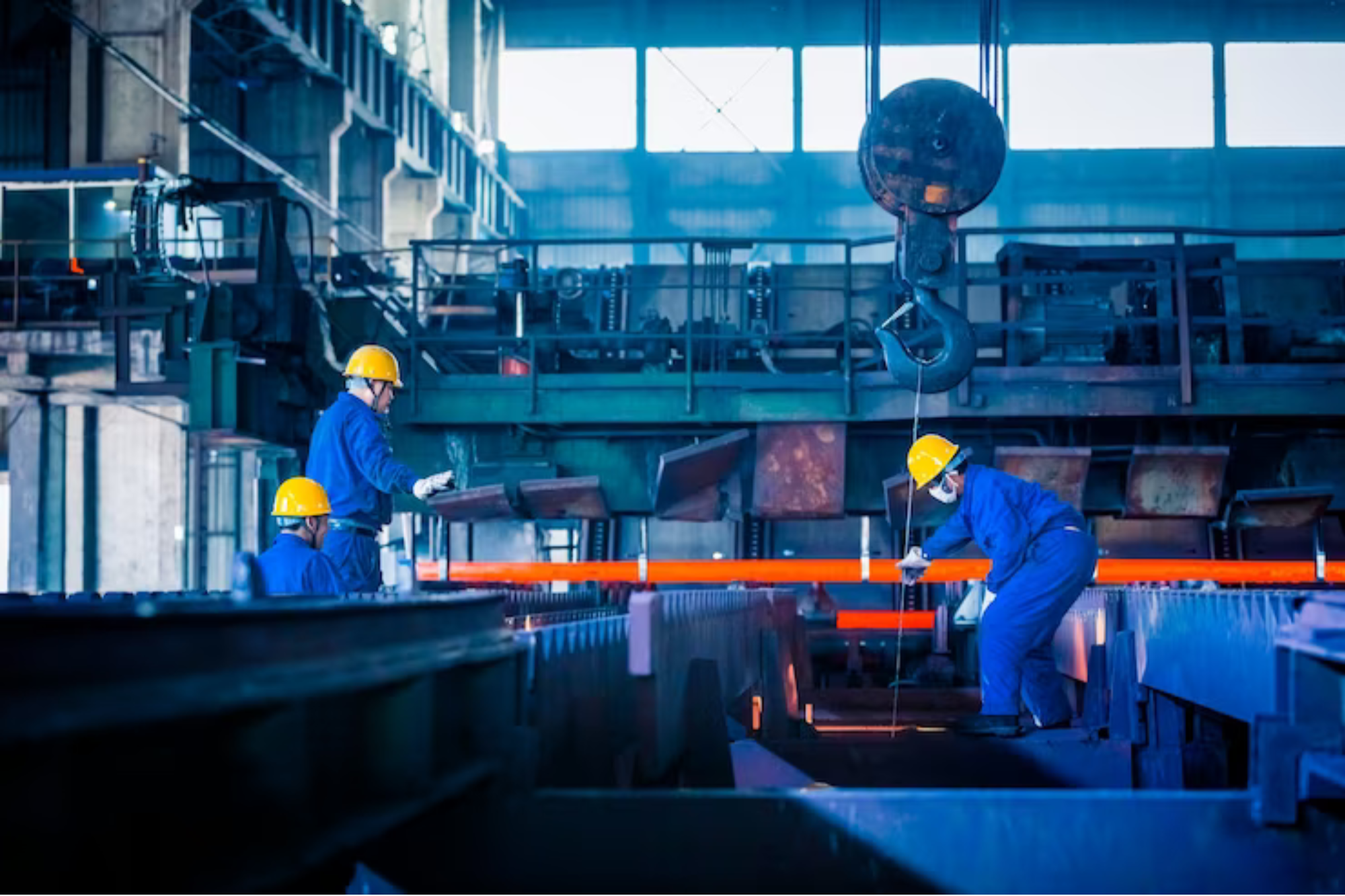World MSME Day 2023: How Fintechs and Exchanges are Helping Solve the Most Pressing Issue of MSMEs Despite employing 40% of India's workforce and accounting for 45% of the total Indian manufacturing output, MSMEs, the backbone of the Indian economy, have many challenges to deal with. The biggest of them is still the access to credit.
By Priya Kapoor
Opinions expressed by Entrepreneur contributors are their own.
You're reading Entrepreneur India, an international franchise of Entrepreneur Media.

Despite employing 40% of India's workforce and accounting for 45% of the total Indian manufacturing output, MSMEs, the backbone of the Indian economy, still suffer from various challenges such as technology adoption, power, right talent and their integration into global value chain. However, the biggest challenge that is still faced by this sector is the access to credit.
"MSMEs are required not only for fostering innovation but for generating employment opportunities in industries and increasing exports. Sadly, despite having over 400 schemes by the government, the access and awareness towards the same remains really low and access to credit for their working capital is still a major issue faced by them," said Anil Kumar Choudhary, National General Secretary, All India forum of MSMEs in panel discussion organised by Entrepreneur India on 'Future of MSMEs'.
Fintechs to the rescue
In the last few years, fintech has risen to drive last-mile financial inclusion of MSME sector with its alternative risk assessment methodology.
"MSME credit demand in India hovers at over USD $400 billion. This funding gap is known as the missing middle and that is where a lot of MSMEs are left unserviced. Of the 63 million MSMEs that we have in our country, 90% are micro. When I look at this space, the biggest challenge is that micro-MSMEs need smaller ticket loans, especially under INR 10 lakhs. Even most banks usually give loans starting at INR 20 lakhs and require property collateral. NBFCs can provide niche credit offerings, often without property collateral, by determining creditworthiness with unique risk assessment approach, made faster with the use of AI/ML. With other tech enabled processes, now it is possible for many fintechs to close the loan approval and even the disburse within 24-48 hours. " said Hardika Shah, Founder and CEO, Kinara Capital.
Turning towards exchanges
Another option that MSMEs have turned towards is exchanges. In 2012, the BSE and NSE introduced SME exchanges on their platforms. It saw SMEs getting a major boost in terms of viable and sustainable options to raise funds from the capital markets. Since their introduction, both platforms have seen a number of SMEs getting listed. At present, a total of 440 SMEs are listed on BSE SME platform. During 2021-22, the BSE SME platform saw 33 SMEs getting themselves listed and 34 getting migrated to the mainboard. At present, over 20 economies operate separate SME exchanges.
However, MSMEs say that listing has much more to offer than mere capital. "Besides capital, we were in need of suitable identification of our business because we were dealing with corporations. Our stature as a listed company is different from what it was when we were a private company. We didn't list for the purpose of getting the capital immediately, but in the last few years we aspired to get bigger and better in business. When an entrepreneur needs funds, he has to dilute equity with various sources. In the last couple of years, our working capital has gone up significantly but we didn't have to dilute our equity, thanks to our listing position, says Shalin Sheth, Founder & MD, Advait Infra, the company that also migrated to mainboard recently.
The big question: Isn't the listing of just over 400 SMEs seems very small compares to a staggering 6 crore SMEs in the country? Anand Chari, Deputy General Manager, BSE, SME & Startups Platform agrees. "The number is definitely small. But we are gearing up. In the last few years, we have done over 2,000 seminars in the country, lots of MoUs with state government, professional bodies, to promote entrepreneurship. We have met 50,000 SME promoters across India. In the coming months and few years, we can see the number going up and a lot of listings happening. We are trying to increase our bandwidth across India now."
Boosting exports
The panel discussion also veered towards ways to boost exports from MSME sector. At present, MSMEs have been contributing nearly 40% of overall India's exports. In order to increase their contribution, MSMEs feels that multiple agencies need to come togther. "MSMEs by nature are very flexible and adaptable and can make themselves very competitive. And this is what the world needs. If the prices are competitive and quality is good, then an Indian supplier will definitely be preferrred over suppliers from other markets. If our govenment policies, banks, NBFC, export promotion councils come together and understand the challenges faced by this sector, I see no reason why we cannot double or triple the exports," says Gaurav Chandok, MD, KPC Flexi Tubes Pvt. Ltd.










